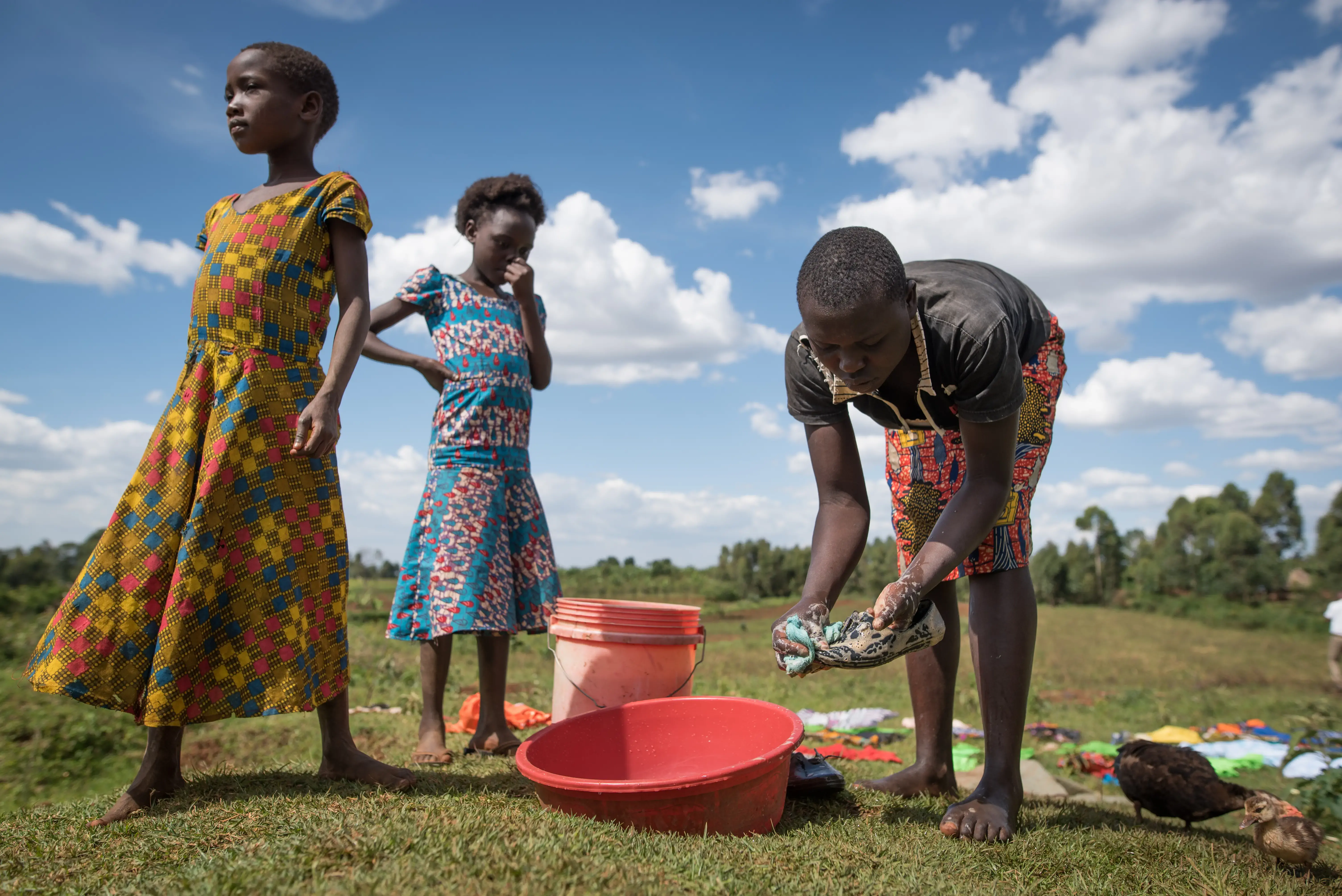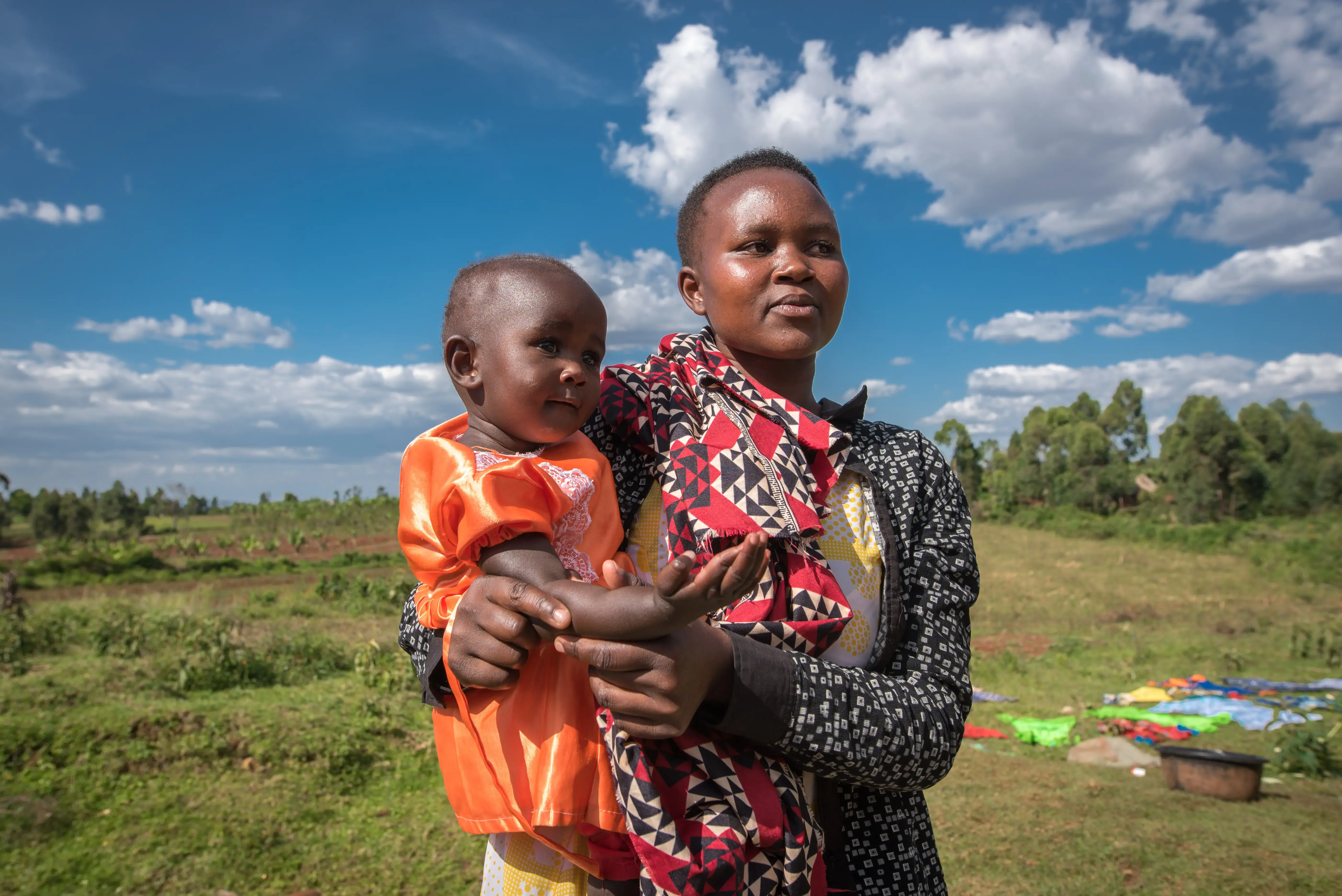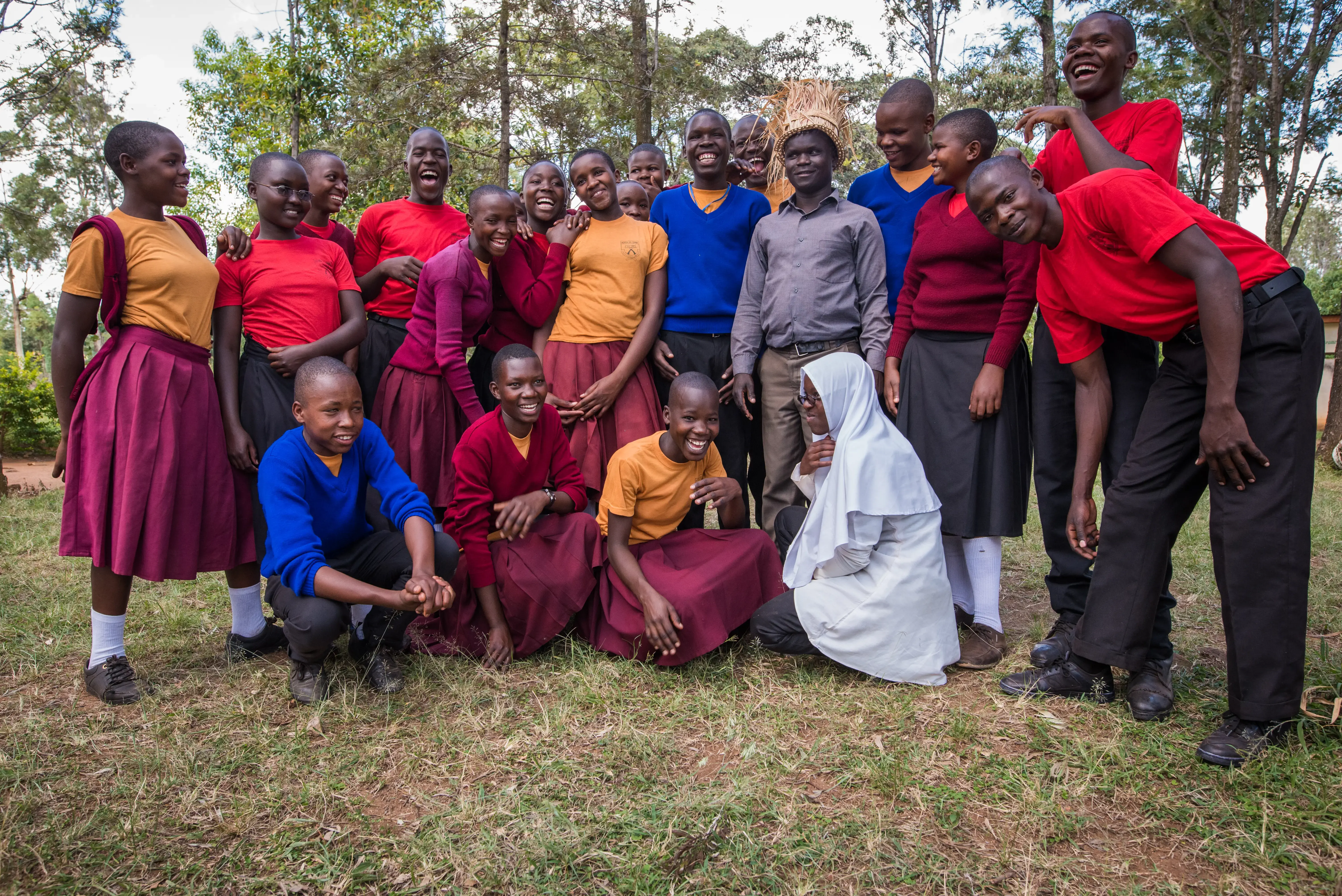What strategies work best in combating female genital mutilation (FGM), child marriage and teenage pregnancy? What challenges need to be overcome and how can we learn from each other’s experiences? These were the main discussion topics of regional civil society organizations (CSOs) that met at the Tanzania Gender Networking Programme’s office, Dar es Salaam, on 6th September, in preparation for the National Dialogue on FGM, Child Marriage and Teenage Pregnancy that will take place in Dar es Salaam from the 9th to 11th October.
A collective vision
Organizations from regions most affected by FGM, child marriage and teenage pregnancy shared their initiatives and on-going activities to combat all types of gender-based violence (GBV). Francis Salesini, the Network Against Female Genital Mutilation (NAFGEM), clearly articulated that their aim is to eliminate FGM, child marriage and other forms of GBV and to establish a society that is free of human rights’ violations. He highlighted that even though the national prevalence rate of FGM is 10 per cent, there is no cause for celebration. FGM is not practiced universally but there are still regions in Tanzania where the prevalence is as high as 58 per cent.1
NAFGEM implement their activities in Kilimanjaro and Manyara Regions, and other organizations have the same vision in their respective regions. Health Integrated Multi-Sectoral Services (HIMS), represented by Mackrine Rumanyika, Executive Director, aims to eliminate all forms of GBV in Arusha. The Kipunguni Knowledge Centre, represented and founded by Bishagazi Selemani, fights harmful practices in Dar es Salaam. The Association for the Termination of Female Genital Mutilation (ATFGM), represented by Valerian Mgani, focuses on eliminating FGM in Masanga and Tarime Regions.
Hakeketwi mtu (“No one should undergo FGM”) 2018
The Kipunguni Knowledge Centre has rescued the majority of girls in their community from FGM over the last couple of years and has made it their mission to rescue every girl at risk of FGM in their community in 2018. Most of the organizations present at the meeting have also implemented rescue activities or provided secure homes and shelter for girls at risk of FGM or survivors of the practice.
Between 2008 and 2017, ATFGM rescued 2,569 girls from FGM through their rescue camps, which are set up once a year during the cutting season. At the rescue camps girls are provided with an alternative rites of passage programme, including lessons by traditional leaders in their Kurya culture, sexual and reproductive health and rights education, and extra tuition in regular school subjects. A network of volunteers monitors parents’ promises not to cut their daughters after they return home. This strategy has been effective in areas where FGM remains a rite of passage.
CSOs reported that increasingly girls under the age of one are subjected to FGM, requiring new strategies and earlier interventions. Participants at the meeting had a common voice about the role of health sector professionals in FGM prevention. There was a consensus that they need to intervene and counsel new parents in a uniform, culturally-sensitive and victim-centred way about the importance of not cutting their newborn daughters.
Besides providing prevention and response services to girls and young women affected by FGM, the organizations all engage in initiatives targeting cutters, local leaders and elders. Awareness-raising is one of the key activities to combat GBV. By establishing an on-going dialogue, workshops and trainings, HIMS has ensured that 169 cutters and 50 Maasai elders have abandoned FGM.
Addressing the drivers of FGM, child marriage and teenage pregnancy
Addressing the drivers of FGM as well as the barriers to its abandonment are essential to end this practice. As pointed out by members from CSOs, cutters earn between TSH30,000 ($US13) and TSH50,000 ($US22) per girl and cut around 20 to 30 girls during the cutting season. A comparison to the minimum daily wage rate in the health sector of TSH3,080.00 ($1,30),2 highlights the economic incentives of this harmful practice. It is vital to offer alternative income-generating activities to those who profit from the practice. There is also strong opposition from some traditional and religious leaders to abandon FGM; financial constraints that limit the activities that can be undertaken by organizations; and a poor infrastructure in rural areas that hinders organizations from locating girls at risk of FGM. In some regions the age of FGM has shifted to babies and newborns, which adds a new dimension to organizations’ work.3 And there is a dire need for a change in mindsets; all sectors of society must be educated about GBV, including FGM, child marriage and teenage pregnancy, and its harmful impact. These multi-faceted challenges can only be addressed by a holistic and collaborative approach.
The National Dialogue on Female Genital Mutilation, Child Marriage and Teenage Pregnancy
These and many other issues will be discussed at The National Dialogue on Female Genital Mutilation, Child Marriage and Teenage Pregnancy, led by the Ministry of Health, Community Development, Gender, Elderly and Children, and co-organized by UNFPA and the European Union Delegation to Tanzania, that will take place in Dar es Salaam from 9th to 11th October in the run-up to the International Day of the Girl Child. Recognizing the multi-stakeholder approach needed to address and end the harmful practices of FGM, child marriage and teenage pregnancy, participants at the National Forum will include UN Agencies, government ministries, the Tanzania Police, the judiciary, national and international NGOs, the media, members of women’s and children’s committees, and young people from higher learning institutes.





